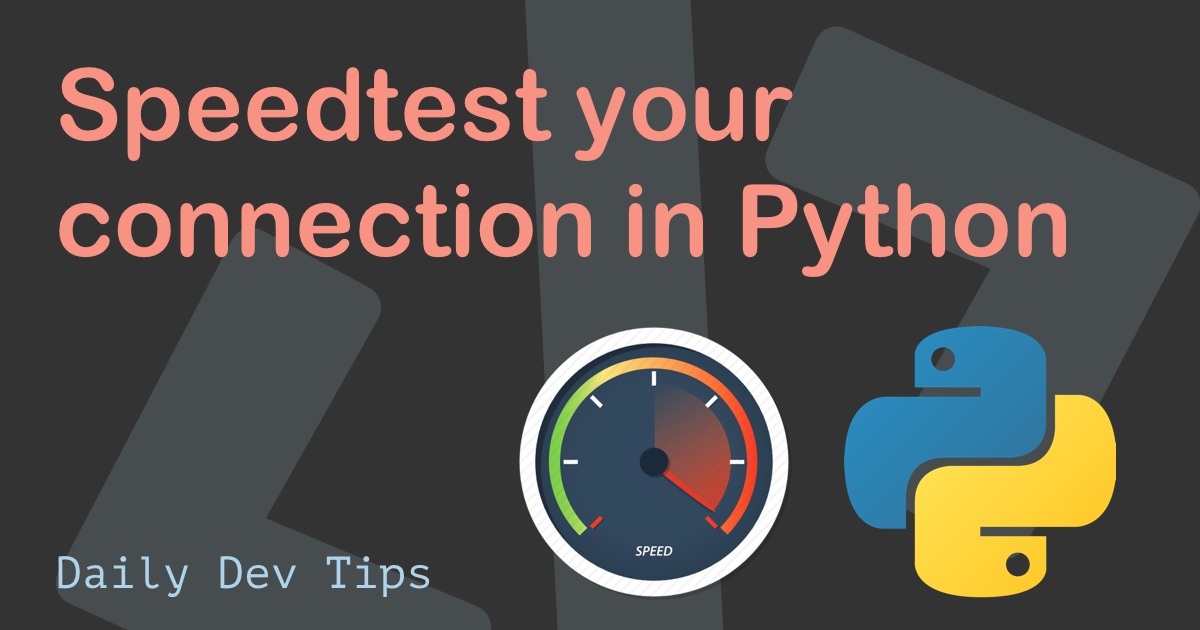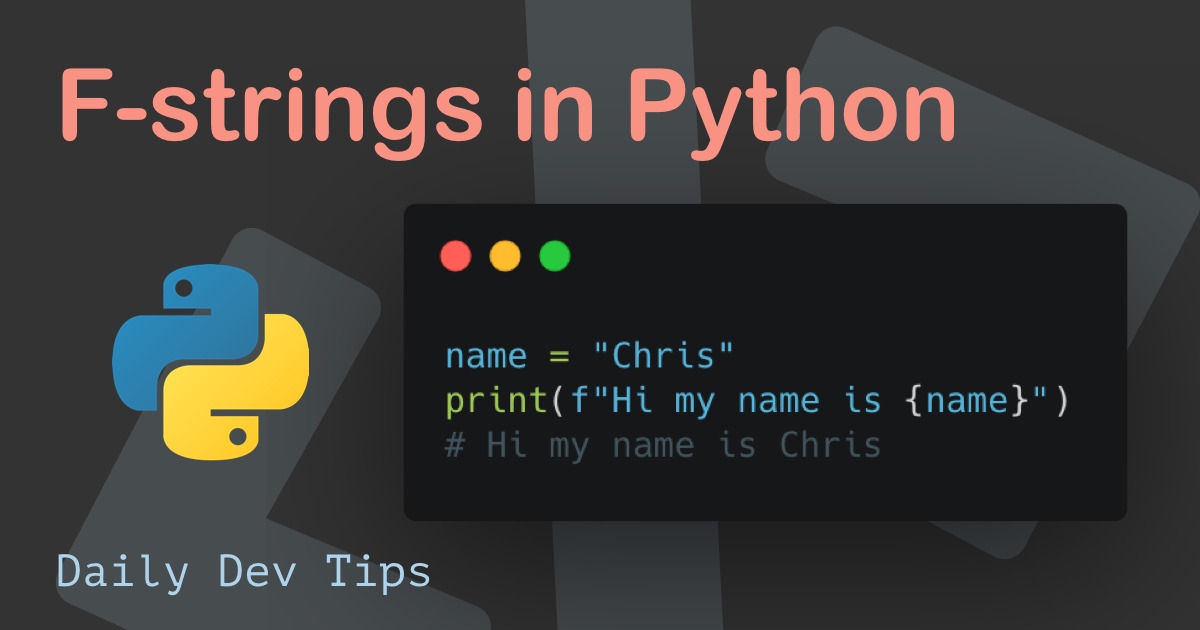First of all, let me explain a bit what NumPy is and why you might need it. NumPy is a Python library that is used for working with arrays. It stands short for Numeric Python
This, of course, is still a bit vague. In general, it makes working with arrays (lists) about 50x faster than traditional python lists.
Installing and using NumPy
To install NumPy, we must run a pip install command for it.
pip install numpy
Then we have to import it into our Python file.
import numpy
Now we can convert a list into a numpy array:
arr = numpy.array([1, 2, 3, 4, 5])
print(arr)
However, it’s quite often used to have the numpy imported as the np alias.
We can do so like this:
import numpy as np
arr = np.array([1, 2, 3, 4, 5])
print(arr)
This now does the exact same thing, but it’s easier to write.
If you ever wonder what version of numpy you have installed, you can simply print that out.
print(np.__version__)
# 1.20.3
Types of arrays
The cool part about the NumPy arrays is that they can be built from all array-like data types of Python.
Which include the list, tuple, dictionary.
tuple = np.array((1, 2, 3, 4, 5))
print(tuple)
list = np.array(["dog", "cat", "penguin"])
print(list)
set = np.array({"dog", "cat", "penguin"})
print(set)
It’s super easy to convert this stuff to NumPy arrays since we can eventually do more stuff and faster!
In a follow-up article, I’ll go more in-depth about the options for the NumPy arrays.
Thank you for reading, and let’s connect!
Thank you for reading my blog. Feel free to subscribe to my email newsletter and connect on Facebook or Twitter

